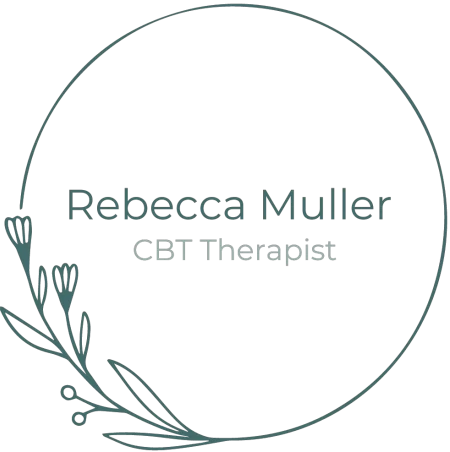As an online therapist based in Argyll and Bute, I often work with clients who struggle with anxiety, stress, and emotional dysregulation. While many people focus on trying to change their thoughts or emotions from the top down, a powerful and often overlooked approach is bottom-up regulation – working with the body to influence the brain and nervous system.
Bottom-up regulation is based on the understanding that our emotional experiences are deeply rooted in our physical sensations and bodily states. When we experience stress or anxiety, it's not just in our minds – we feel it in our bodies, too. Our heart rate may increase, our muscles may tense up, and we may feel a sense of unease or discomfort.
Traditional top-down approaches to regulation, such as cognitive reframing or thought challenging, aim to change our emotional experiences by shifting our thoughts or beliefs. While these approaches can be helpful, they don't always get to the root of the problem, especially if we know it on a cognitive level but don’t feel it, or believe it. That's where bottom-up regulation comes in.
Bottom-up regulation involves working with the body to promote a sense of safety and calm. By engaging in practices that regulate our physical state, we can send signals to our brain and nervous system that we are safe and in control. This, in turn, can help to reduce anxiety, stress, and emotional reactivity.
So, what does bottom-up regulation look like in practice? One powerful tool is deep breathing. When we're stressed or anxious, our breathing often becomes shallow and rapid. By consciously slowing down and deepening our breath, we can activate the parasympathetic nervous system – our body's natural relaxation response. This can help to reduce heart rate, relax muscles, and promote a sense of calm.
Another effective bottom-up regulation technique is progressive muscle relaxation. This involves systematically tensing and relaxing different muscle groups in the body, promoting a sense of physical relaxation and release. By releasing tension in the body, we can signal to the brain that we are safe and in control.
Other bottom-up regulation practices include yoga, mindfulness, somatic experiencing and EMDR. These approaches work with the body in different ways to promote regulation and resilience. What they all have in common is a focus on the physical experience of the body as a pathway to emotional well-being.
If you find yourself struggling with anxiety, stress, or emotional dysregulation, I invite you to consider the power of bottom-up regulation. By working with your body and physical sensations, you can promote a sense of safety and calm that can ripple outwards to your thoughts, emotions, and overall well-being.
If you'd like to learn more about how I can support you in harnessing the power of bottom-up regulation, please don't hesitate to reach out. I'm here to help you cultivate greater resilience and emotional well-being, one breath at a time.
